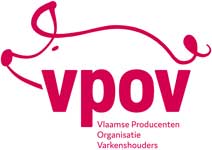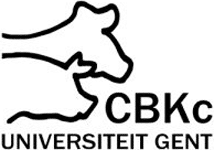Measuring is knowing in pig farming and that certainly applies to carcass quality too. Today, carcass quality is expressed in percentage of lean meat and conformation. To determine this slaughter quality, various measuring devices are known, ranging from the well-known pricking devices to modern automated devices based on sound waves. By measuring large quantities of pigs and changing the formulas, an attempt is made to make the most correct determination of a pig's slaughter quality. As pig farmers, these measurements give us information about the quality of our pigs through parameters such as meat thickness, fat thickness, meat percentage, etc. Although a large amount of data often comes our way in this way, it is not always easy to interpret this data, let alone use it in our operations.
In recent years, we have seen an evolution in slaughterhouses towards automated devices. These provide an extraordinary amount of information about a carcass and allow slaughterhouses to very precisely match their payout to a pig's characteristics. Much of this data is also made available to pig farmers through the IVB. Unfortunately, as an individual pig farmer, it is difficult to use this raw data in operations. It takes some effort to convert this data into a usable dataset. Then, the data must then be interpreted and the pig farmer has to analyse whether he can make improvements.
Through the Technical Benchmarking of Fattening Pigs project, we are trying to convert this data for pig farmers into a bite-size report that should show exactly what performance he is achieving. By anonymously placing the data from different farms alongside one's own, it should also enable pig farmers to compare themselves with their colleagues. Are my pigs lighter or heavier, leaner or fatter, more homogeneous or less homogeneous compared to those of colleagues? Do I know why that is the case and is that a conscious choice or not? To such questions, this project seeks to answer. Talking to colleagues about their results will give each pig farmer a broader understanding of why they are doing so. Do I deliver tops or do I work all-in/all-out? Am I selecting my piglets properly at set-up? Am I working with different genetics? Such questions can only be answered by pig farmers themselves.













